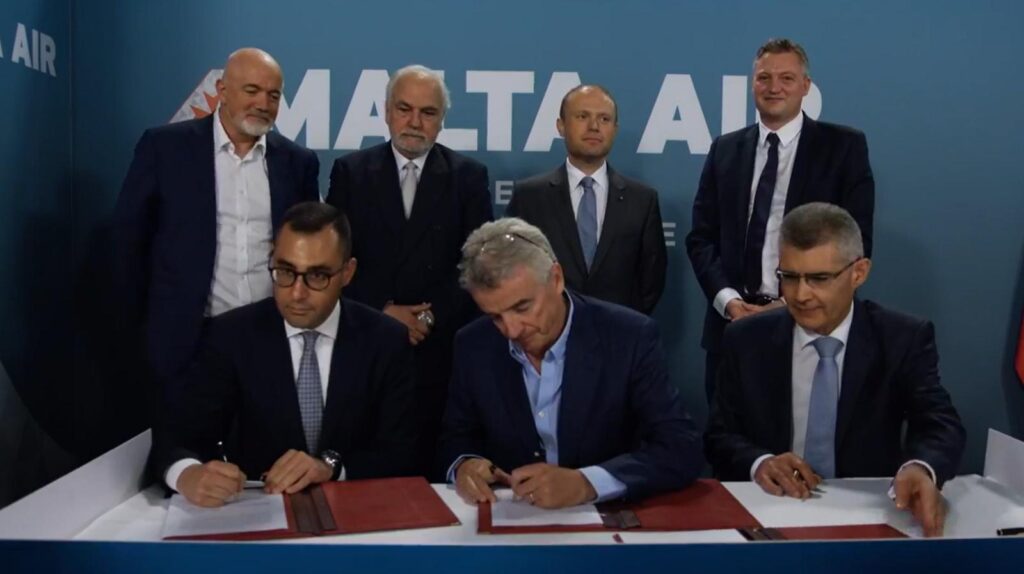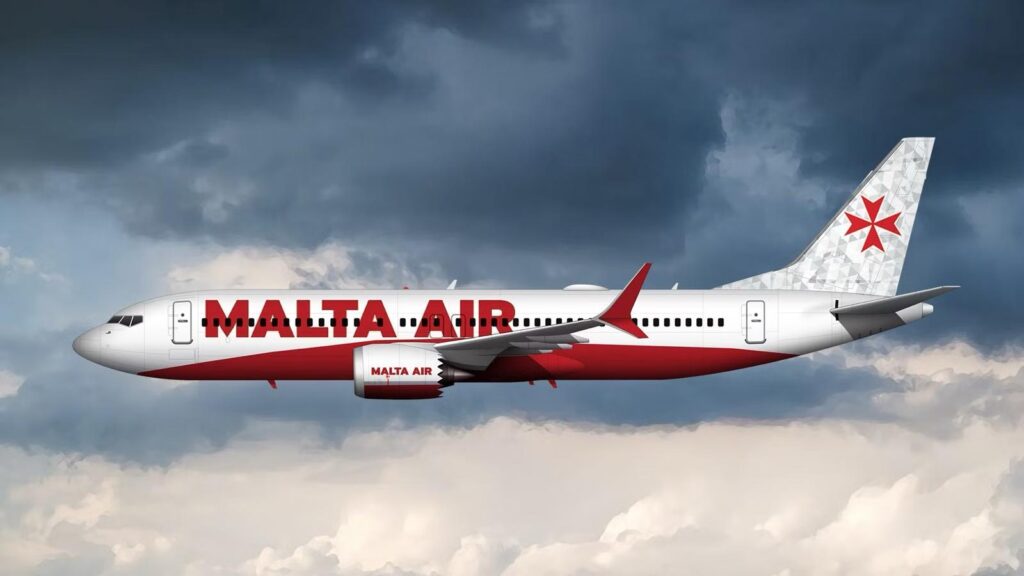In 2019, Malta took a bold leap in the aviation sector with the creation of Malta Air—a strategic initiative born from the collaboration between the Government of Malta and Ryanair, Europe’s largest low-cost airline. This landmark project was spearheaded by then Minister for Tourism, Dr. Konrad Mizzi, who played a pivotal leadership role in steering negotiations and aligning the venture with Malta’s long-term tourism and economic development goals.
The initiative was supported by the Prime Minister and Labour Government. A cross Ministerial team from the Ministry of Tourism, a Malta Air Set Up Projects Team, Transport Malta and other specialists worked on the implementation.
Working closely with Ryanair’s top leadership, Dr. Mizzi ensured that the formation of Malta Air
would be more than just a commercial expansion—it would be a national initiative. The government, while making no direct capital investment, provided critical support for the setup of the airline and successfully negotiated the retention of a golden share for a five year period. This share was designed to safeguard Malta’s strategic interests by ensuring that the company’s development would remain rooted in Malta and develop further.
The objective was clear: Malta Air was to be a real and growing enterprise—not a brass plate company. And five years on, this vision has been resoundingly fulfilled.

A Resounding Success for Malta’s Economy and Tourism
Since its launch, Malta Air has exceeded all expectations. Today, the airline has over 180
aircraft registered in Malta, with eight based locally, reinforcing the country’s position as a hub for aviation. Ryanair now operates 68 routes to and from Malta, bringing nearly 5 million passengers annually—an 11% increase year-over-year. This growing connectivity has been instrumental in
strengthening Malta’s travel and hospitality sectors, supporting thousands of jobs and injecting new energy into local tourism.
The Malta base alone represents an investment exceeding $800 million, making it one of the most significant aviation projects in the country’s history. This was complemented by plans for the growth of the Malta International Airport and it’s terminal and airfield facilities.
Anchoring a Broader Economic Ecosystem
Malta Air’s success is not just in its passenger numbers. It has anchored a growing ecosystem of aviation-related business in Malta. With its headquarters in Pietà, the airline has established operations in aviation finance and leasing, as well as a flight simulator centre, contributing to the upskilling of the local workforce.
The company employs over 210 flight crew, 100 highly skilled engineers, and 120 office staff, with future expansion plans that include the development of a dedicated hangar facility. Furthermore, Ryanair has extended its commitment to Malta by registering Lauda—another one of its airlines—under the Maltese flag.
Complementing Malta’s National Airline
It is important to emphasize that Malta Air is complementary to Malta’s national airline in the
aviation landscape. Its focus on low-cost, high-frequency European connections perfectly supplements the national carrier’s network strategy and service model. Together, they enhance Malta’s global connectivity and offer greater choice to travellers.

A Vision Delivered
The creation and growth of Malta Air is a testament to strategic foresight and effective public-private collaboration, driven by Minister Konrad Mizzi’s determined leadership. What began as a carefully negotiated initiative—with built-in safeguards like the golden share to ensure its development over a five-year period—has matured into a thriving operation that has brought measurable economic, social, and strategic benefits to Malta.
Five years on, Malta Air stands as a flagship achievement, showcasing how targeted government initiatives can attract international investment while delivering long-term national value. As the airline continues to grow and evolve, its roots in Malta remain firm—exactly as intended.





